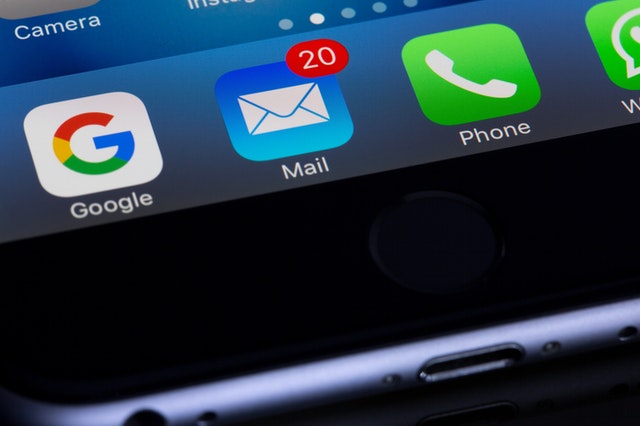Email marketing is a marketing campaign that uses email automation tools to deliver personalized messages according to customer actions.
It can be used for sending advertisements, notification of events, sharing updates on products and services, or asking customers for their feedback.
Furthermore, several companies rely on Mailchimp for email marketing, which can get a little expensive. Hence, various Mailchimp alternatives have popped up, providing better service, and are probably more efficient.
What Is Email Marketing?
It includes commercial messages with offers and information about the sender’s products or services and non-commercial messages that convey a promotional message but might relate more directly to recipients’ interests via special offers, discounts, etc.
In retrospect, email marketing can be a one-time thing or automated by using autoresponders or other software. Email notifications are sent when specific pre-determined “triggers” are met.
If your email marketing efforts aren’t operating well or aren’t generating the desired ROI, you’ll need to improve them with some ways to boost the ROI.
Read on as we discuss five of the best email marketing tips to boost your ROI!
5 Tips To Boost ROI With Email Marketing
Some email marketers like to use expensive software with lots of bells and whistles. This is because an excellent email automation system can help you generate more revenue.
But if you are on a limited budget, there are still several steps you can take to ensure effective email campaigns cost little or no money at all!
Before you implement an email marketing campaign, make sure to review these five email marketing tips:
1. Segmentation Of Email List
Some segment their email lists only by the segmented pieces, but others segment it to use specific features for different mailings.
This type of separation may help send out product offers to those interested in buying.
However, it is crucial to segment carefully because too much segmenting could ruin the overall response rate you receive from people opening emails.
2. Personalized Emails
Sending personalized emails is an excellent way to boost conversion rates. They are tailored for different purposes, which makes email marketing more effective.
This could be the customer’s name or perhaps the percentage of the product they have already purchased.
The exact amount will depend on what is possible through your email service provider. You can use personalized emails for specifically promoting new products too.
Personalization helps increase your business’s sales by as much as 34%. Likewise, personalized subject lines make open rates go up by 22%, and click-through rates go up by 11% as well.
3. Improve Email Deliverability
There are two critical parts to delivering emails: sending emails and sending templates.
Emails you send to your customers should be relevant and helpful, and they should provide a valuable experience for the recipient.
At the same time, you still want your email to look professional and organized, and you can do this by using good subject lines and following best practices in terms of formatting and images.
4. Pick The Right Time
Your email should be sent when your target audience will read them and at a time that works for their schedule.
For instance, if you’re emailing executives in New York, they work at 8 AM and have lunch at 1 PM. So, it’s not going to make sense to email them from 8 AM to 2 PM.
They’ll get the email before they leave for lunch (or worse, while they’re eating) and won’t get around to opening it until later in the evening.
5. Optimize Email For Mobile
Almost half of the email recipients will be opening your message on their handheld devices – so your job as an email marketer is even more challenging now.
Mobile devices have become a dominant force in email marketing, and email marketers must adapt to this shift.
Hence, email marketing campaigns must be optimized for mobile devices to increase the chances of reaching more customers.
Key Takeaways
We can safely say that email marketing is one of the most powerful customer retention tools available to any business, big or small.
It allows marketers to manage email list subscribers regularly, enabling them to avoid sending emails that people do not want.
Moreover, they do this while reaching new customers regularly by planning emails months in advance.






